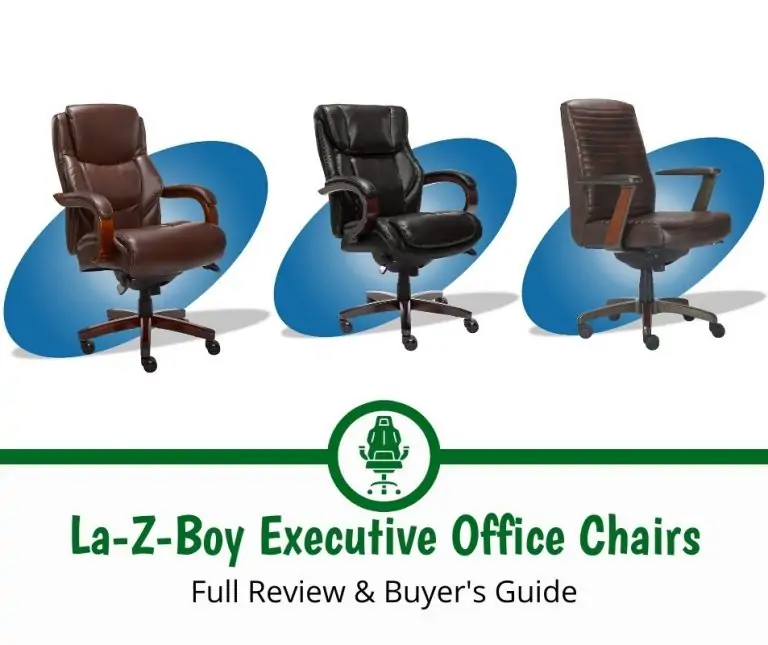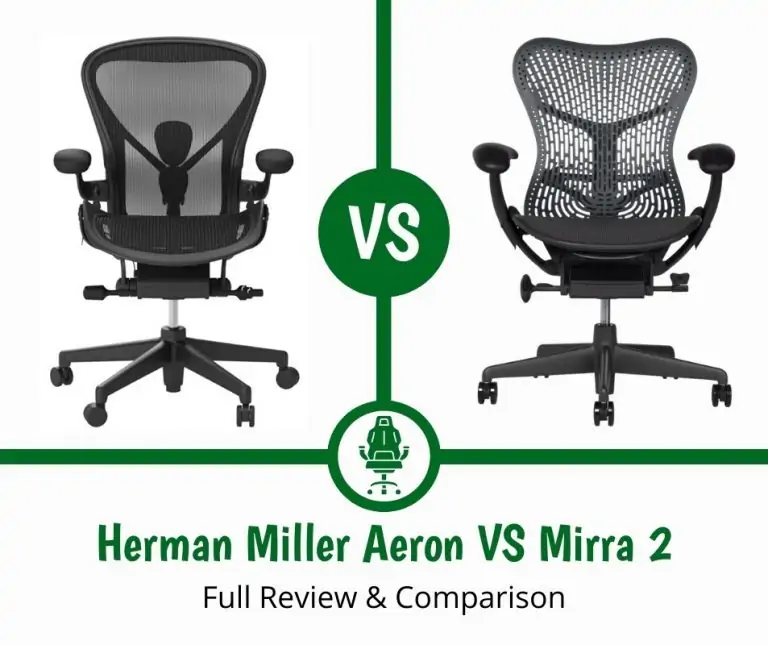Office Chair Won’t Lean Back? Common Causes and Fixes
If you spend a lot of time sitting at a desk, having a comfortable and functional office chair is essential. One common issue that can arise with office chairs is when they won’t lean back. This can be frustrating and uncomfortable, especially if you need to take a break and lean back to stretch your back or neck.
There are several reasons why an office chair might not lean back, and fortunately, many of these issues can be fixed relatively easily. In this article, we will explore some of the common causes of an office chair not leaning back and provide some tips and tricks for fixing the problem.
Whether you have a manual or automatic recline engine, a gas cylinder that needs lubrication, or a tension knob that’s too tight, we’ll cover the steps you can take to get your office chair leaning back again. By the end of this article, you’ll have a better understanding of how to troubleshoot and fix this common issue with office chairs.
Loose Tilt Tension Knob
If your office chair won’t lean back, it could be due to a loose tilt tension knob. The tilt tension knob is responsible for adjusting the amount of resistance that the tilt mechanism offers when you lean back in the chair. If the knob is loose, it won’t be able to provide the necessary tension, causing the chair to not lean back properly. Here are some common causes and fixes for a loose tilt tension knob:
- Cause: The knob is not tightened enough.
- Fix: Check the knob and make sure it is tightened to the appropriate level. If it is loose, tighten it until it is snug.
- Cause: The knob is stripped or broken.
- Fix: If the knob is stripped or broken, it will need to be replaced. Contact the manufacturer for a replacement part.
- Cause: The tilt tension spring is broken.
- Fix: If the spring is broken, it will need to be replaced. Contact the manufacturer for a replacement part.
It is important to note that if the tilt tension knob is loose, it can also cause other issues with the chair, such as instability or wobbling. Therefore, it is important to address this issue as soon as possible to prevent further damage to the chair.
Damaged Tilt Mechanism
If your office chair won’t lean back, the tilt mechanism may be damaged. Over time, the tilt mechanism can become worn or damaged, causing it to fail. Here are some common causes and fixes for a damaged tilt mechanism:
- Clean the Tilt Mechanism: Sometimes, dirt and debris can accumulate in the tilt mechanism, preventing it from working properly. To fix this, you can clean the tilt mechanism using a soft cloth and a mild cleaning solution. Be sure to dry the mechanism thoroughly before using the chair again.
- Replace the Tilt Mechanism: If cleaning the tilt mechanism doesn’t work, you may need to replace it. You can purchase a replacement tilt mechanism from an office supply store or online. Be sure to choose a mechanism that is compatible with your chair’s make and model.
- Adjust the Tilt Tension: If the tilt tension is too loose or too tight, it can cause the tilt mechanism to fail. To adjust the tilt tension, locate the tilt tension knob under the seat of your chair. Turn the knob clockwise to increase the tension or counterclockwise to decrease it. Test the chair to see if the tilt mechanism is working properly.
If none of these fixes work, you may need to take your chair to a professional for repair. A professional can diagnose the problem and recommend the best course of action to fix it.
Worn Out Gas Cylinder
One of the most common reasons why an office chair won’t lean back is a worn-out gas cylinder. The gas cylinder is the part of the chair that allows it to go up and down and tilt back. Over time, the gas cylinder can wear out and lose its ability to support the weight of the person sitting in the chair.
If you suspect that the gas cylinder is the problem, you can try lubricating it with a silicone-based lubricant. To do this, you’ll need to remove the cylinder from the chair. First, turn the chair upside down and remove the base. Then, use a wrench to loosen the bolt that holds the cylinder in place. Once the bolt is loose, you should be able to pull the cylinder out of the chair.
Once you have the cylinder out of the chair, spray a small amount of silicone-based lubricant into the cylinder. Then, push the cylinder back into the chair and tighten the bolt with the wrench. Test the chair to see if the lubrication has fixed the problem.
If lubrication doesn’t work, you may need to replace the gas cylinder. Gas cylinders are relatively inexpensive and can be purchased online or at an office supply store. To replace the cylinder, follow the same steps as above to remove the old cylinder from the chair. Then, insert the new cylinder into the chair and tighten the bolt with the wrench.
Broken Backrest
If your office chair won’t lean back, it may be due to a broken backrest. The backrest is an essential part of the chair that supports your back, neck, and shoulders. When it’s broken, it can cause discomfort and pain, making it difficult to work effectively. Here are some common causes and fixes for a broken backrest:
- Loose screws: One of the most common causes of a broken backrest is loose screws. If the screws that hold the backrest to the chair are loose, the backrest may wobble or even fall off. To fix this, tighten the screws with a screwdriver.
- Worn-out components: The backrest of an office chair is made up of various components, including the frame, padding, and upholstery. Over time, these components can wear out and break down, causing the backrest to lose its shape and support. To fix this, you may need to replace the damaged components.
- Broken frame: If the frame of the backrest is broken, it may be impossible to fix it. In this case, you may need to replace the entire backrest or even the entire chair.
It’s essential to fix a broken backrest as soon as possible to avoid further damage and discomfort. If you’re not sure how to fix it or if the damage is severe, it’s best to seek professional help.
Conclusion
In conclusion, an office chair that won’t lean back can be frustrating and uncomfortable. However, identifying the root cause of the problem is the first step in finding a solution. The most common causes of a non-reclining office chair include a faulty tilt lock, poor lubrication, damaged casters, and a broken gas lift.
If the tilt lock is causing the problem, it is essential to disengage it by locating the lever or button and releasing it. For poor lubrication, applying lubricant to the moving parts can help restore the chair’s functionality. If the casters are damaged, replacing them with high-quality ones can make a significant difference.
When it comes to a broken gas lift, replacing it is the optimal solution. However, it is essential to find the right gas lift that is compatible with your office chair. It is also crucial to ensure that the gas lift is installed correctly to avoid any further problems.
Overall, fixing an office chair that won’t lean back requires some basic knowledge and a bit of effort. By identifying the cause of the problem and taking appropriate steps to fix it, you can enjoy a comfortable and functional office chair once again.






